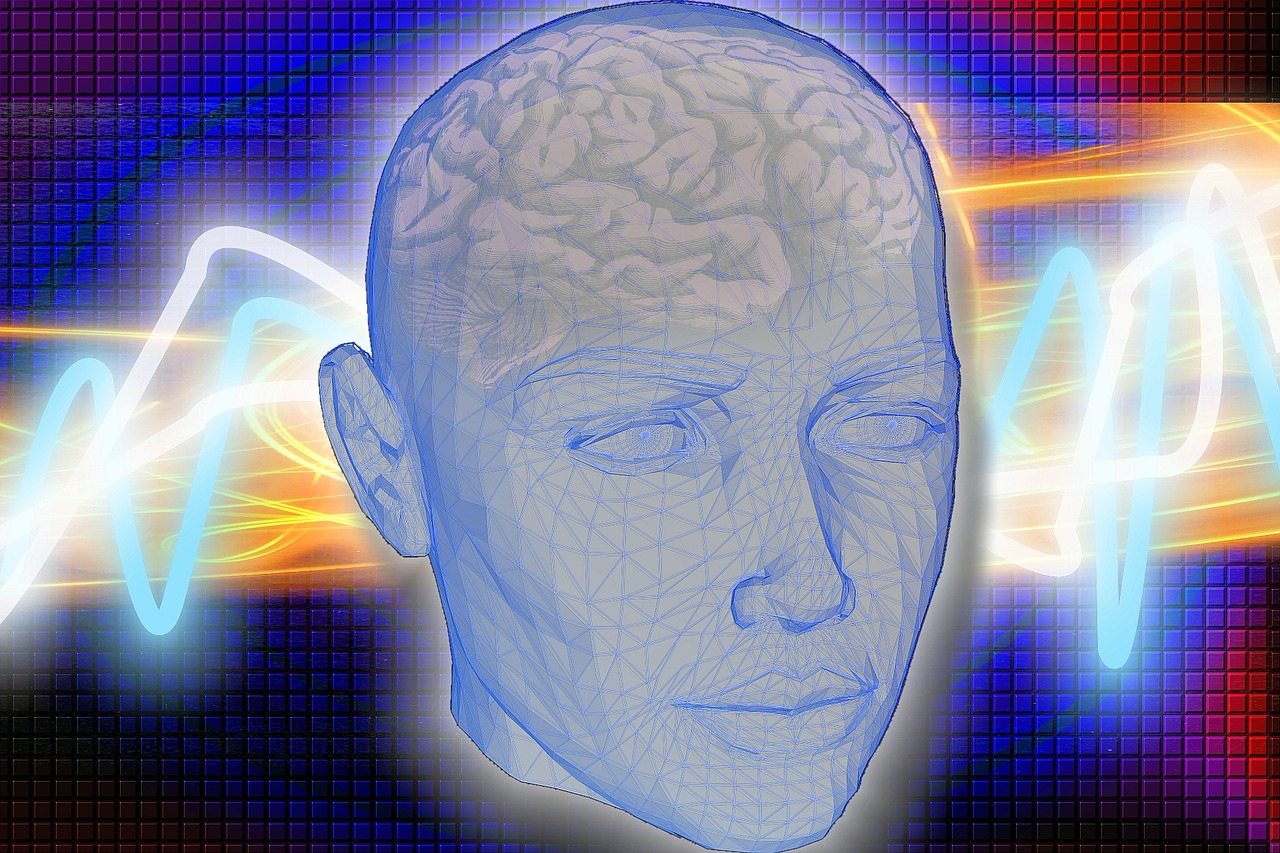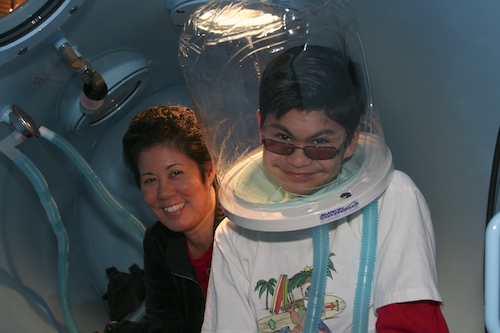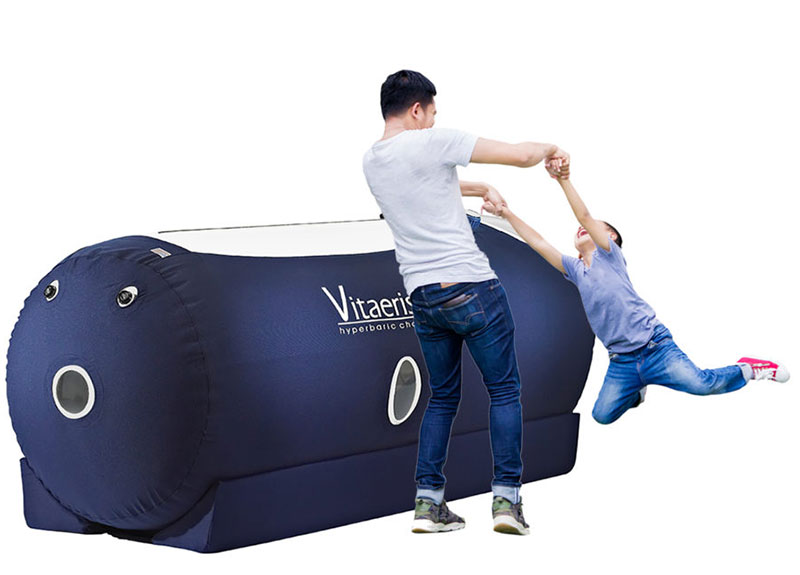The significance of Hyperbaric Oxygen Therapy (HBOT) to mitigate recurring post-concussion symptoms was once again confirmed in a controlled crossover medical study, held recently.
To improve the quality of life for a suffering patient, hyperbaric therapy for brain injury was found to be effective following the treatment of army veterans, and a few civilians.
The crossover study that depicted HBOT as a potent form of treatment for post-concussion symptoms is definitely the climax that staggers over thirty years of research. Incidentally, it is also the very first clinical study that considers both army and civilians with results that have altered the known experiences for medical researchers and practitioners alike.
Here’s an in-depth look at the findings and everything else that the study has to offer.
A Rewarding Breakthrough
HBOT has been long identified as an effective form of treatment for healing wounds. In due time, researchers came to understand that brain injuries are no different than normal body wounds. The concept thus formed a logical background for applying the treatment to mitigate the post-concussion symptoms.
More than sixty civilians formed part of the trial alongside army veterans. Reportedly, all of them were experiencing Persistent Post Concussion Symptoms (PPCS) for no less than at least four years, and have never undergone any other treatment in the past.
The participants were all assigned to particular groups in random order and received a total of forty HBOT sessions for an hour at 150 kPa, regularly over eight weeks. Another control group was also monitored who received no form of external or internal treatment over the same time. After the end of eight weeks, the control group was made to crossover to the HBOT treatment group.
All the participants were subjected to assessment of symptoms, along with psychological and neuropsychological testing. Post the very last HBOT session, the patients were put to complete bed rest for no less than two months.
HBOT made it possible to bring about 26.3 points to decrease for the Neurobehavioral Symptom Inventory PPCS symptom score. As for the control group, it went down by 2.5 points.
That’s not all.
The study also showed how HBOT triggered marked improvement from conditions of anxiety, cognitive function, sleep quality, depression, and symptoms of post-traumatic stress disorder.
It was further concluded that more than eighty percent of patients who received HBOT treatment, experienced headaches, which was looked as a symptom criterion for the trial. More than thirty percent of patients belonging to the control group reported their headaches worsening each day.
As such, these symptoms were directly identified as symptoms of traumatic brain injury, differentiating from Post Traumatic Stress Disorder (PTSD). In essence, it served to act as a surrogate marker for treatment options. Gradual lessening of headaches depicted hyperbaric therapy for brain injury could work well to mitigate all symptoms.
No matter what, both the groups that were identified for this study showed sustainable improvements. The tests conducted at a later stage, right after three months from the last HBOT session recognized the treatment as a therapy for modifying disease, particularly towards mTBI (Mild traumatic brain injury) PPCS.
Another important aspect to take into consideration was the dose of the drug. The trial depicted forty HBOT sessions at 150 kPa oxygen for a runtime of one hour, over eight to ten weeks as a sustainable and beneficial form of treatment. As of other symptoms, fatigue was the most common arising out of oxidative stress.
A Promise for a Better Future
Kirk Lercher, MD, and assistant professor of rehabilitation medicine for Icahn School of Medicine, Mount Sinai, New York called the findings of the study to be highly “promising”. He also added that hyperbaric therapy for brain injury has been into existence for over a decade now. However, there are very few patients who have actually received it, owing to its limited accessibility.
It all boils back to HBOT as a preferred method to heal wounds in the army. It’s all about creating more pure oxygen to increase the vasculature for the injured area. As such, these effects make way for faster recovery of the brain after a traumatic injury.
Many patients outwardly look just fine but suffer from multiple unseen impairments that limit them in their regular, day-to-day activities of life.
Thus, hyperbaric therapy for brain injury can function as an excellent option for anyone who hasn’t shown much positive response to other forms of treatment. The downside to this whole thing is perhaps the affordability which makes HBOT a worthy option for just a handful lot.
A typical session of hyperbaric therapy for brain injury costs anywhere between $200-$250 for an individual. To make matters worse, the insurance doesn’t offer any coverage.
Wrap Up
By all means, hyperbaric therapy for brain injury has had some excellent results in the past. If introduced full scale to treat post-traumatic symptoms, it can offer viable benefits to every suffering individual. However, the budget constraint is what makes it a turn off factor for the majority. Unless the insurance coverage offers some amount of relief, there seems to be no hope for this wonderful treatment option to be adopted by people at large.




